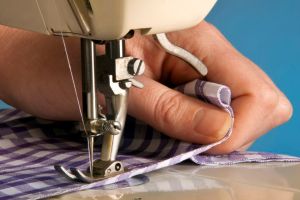
Sewing Seams
Image: thespruce.com
A resident of Florida for nearly three decades, Eva Lea Klein has extensive experience in retail management. As a Banana Republic tailor in Boca Raton, Eva Lea Klein handled a wide range of assignments involving adjusting and creating new garments.
One of the fundamental skills in tailoring is sewing a seam, with initial considerations including whether the seam should be hidden or visible, and whether it is straight or curved. The standard plain seam involves a single line of stitching between two pieces of fabric, with a standard 5/8-inch seam allowance recommended.
There are several ways of finishing the seam, including the use of an overlock stitch for serging seam allowances and employing zig-zag stitching to ensure that the raw edge is protected and neatly aligned. In addition, two pieces of fabric can be folded inward and stitched in such a way as to protect the raw edge.
Another option is the French seam, which provides an attractive alternative to using an overlock stitch and begins with the “wrong” sides of fabric being sewed together. Once a plain seam is stitched in the folds inside, the “right” sides are placed together, and a seam is sewed in such a way as to enclose the raw edges of the original seam. While attractive, one drawback of the French seam is that it can be too bulky for tight-fitting clothes.